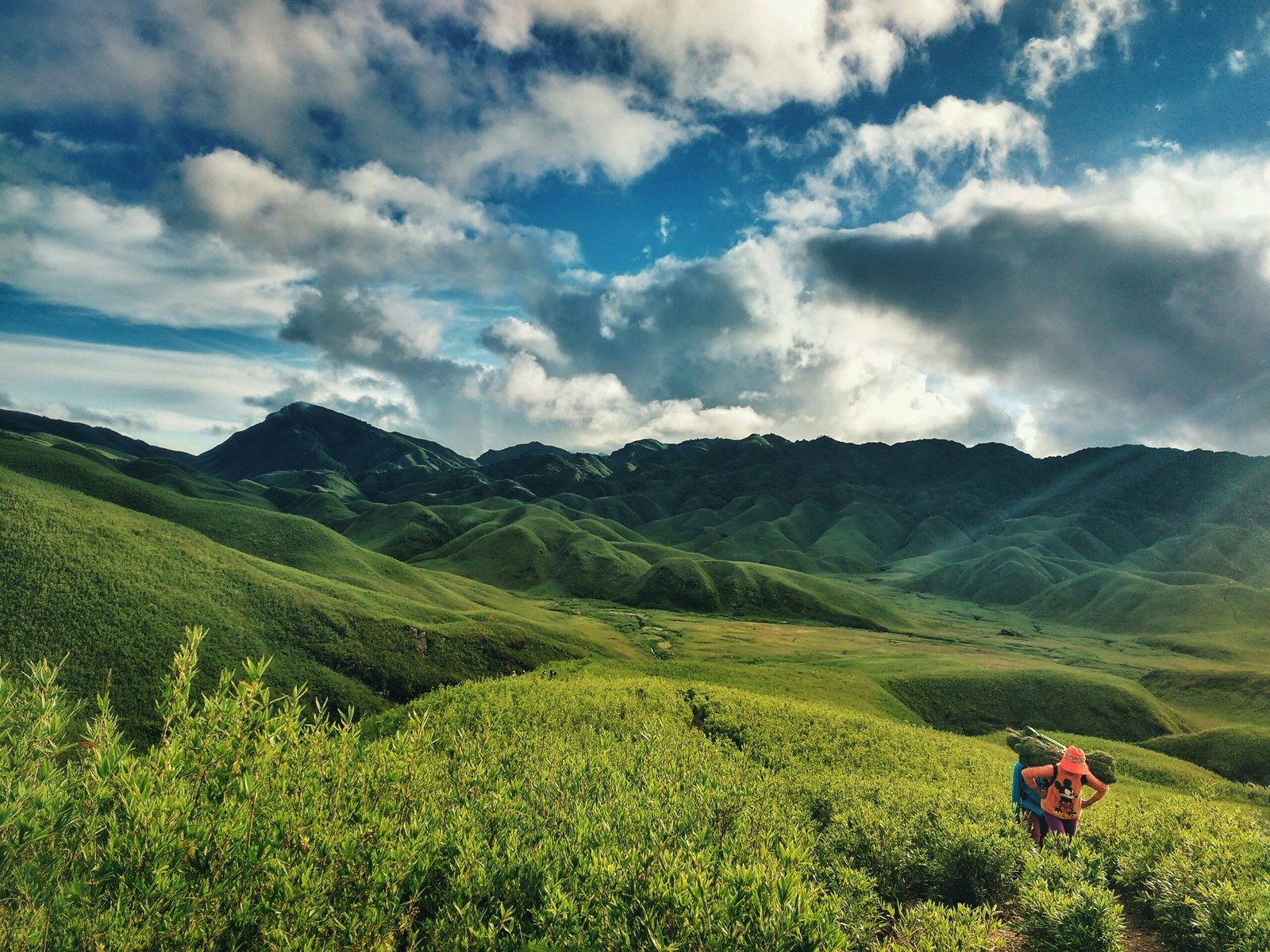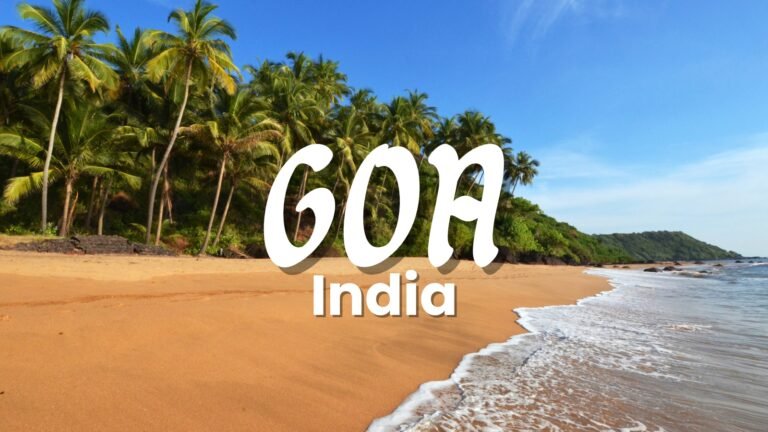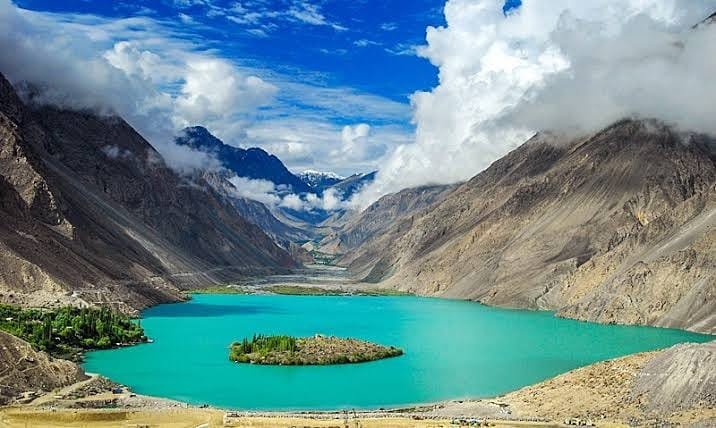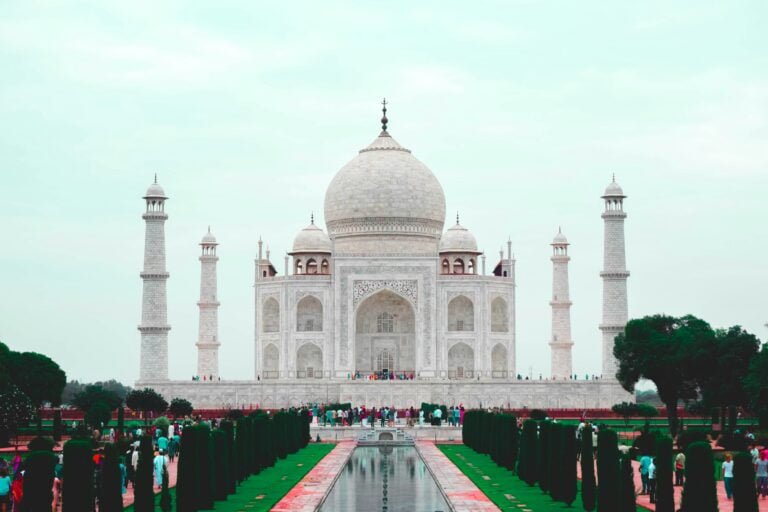Introduction
Nestled in the northeastern corner of India, the Zukou Valley, often spelled “Jukou,” is a breathtaking region in Nagaland. Perched at an altitude of 2,438 meters (7,998 feet) above sea level and located about 30 kilometers south of Kohima, the state capital, Dzukou Valley is renowned for its stunning natural beauty and rich biodiversity. Often referred to as the “Valley of Flowers,” this picturesque locale is a treasure trove of flora and fauna, offering an impressive spectacle, particularly during the monsoon season. The best time to visit Zukou Valley is from June to September when the landscape is lush and vibrant.
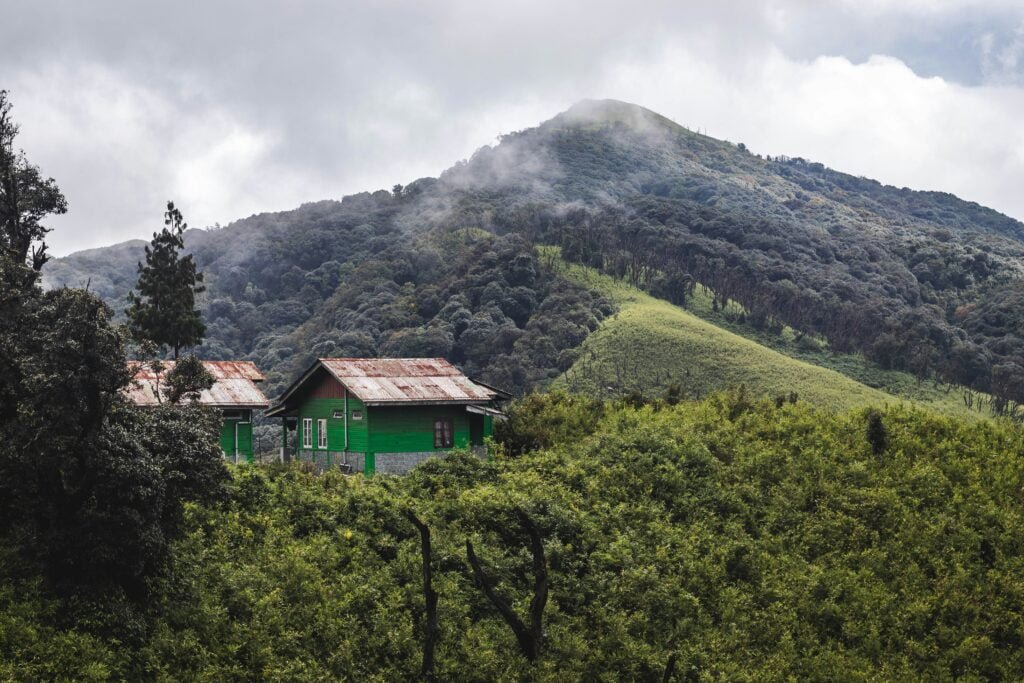
A Trekker’s Paradise
The winding, hill-carved paths of Zukou Valley make it a trekker’s dream destination. In early summer, the valley bursts into a riot of colors with blooming rhododendrons, euphorbias, aconitums, and lilies. These wildflowers transform the valley into a paradise, giving it a heavenly appearance. For those keen on experiencing an overnight stay, camping in tents is possible, provided arrangements for tents and food are made in advance.
Getting to Dzukou Valley
To reach Nagaland, you can travel from Shillong or Guwahati. From Shillong, you can either book a taxi to Kohima, which costs around INR 1,500-1,800 or opt for a shared taxi at INR 150 per person. Alternatively, a direct bus service from Shillong to Kohima is available at INR 700 per person, or you can travel by a seven-seater Innova for INR 1,200 per person.
From Guwahati, take a taxi to Dimapur, Nagaland’s largest city. The Nagaland Express train departs daily from Guwahati at 11:35 PM, reaching Dimapur by 5 AM. The fare ranges from INR 150 to 850. From Dimapur, a taxi to Kohima costs INR 400-500 per person and takes about four hours due to the poor road conditions.
Entry Requirements for Foreigners
Foreigners need to obtain a Foreigners Registration Office (FRO) permit from the local police station upon arrival in Nagaland. Indian nationals require an Inner Line Permit (ILP). Failure to obtain these permits can result in being stopped at checkpoints.
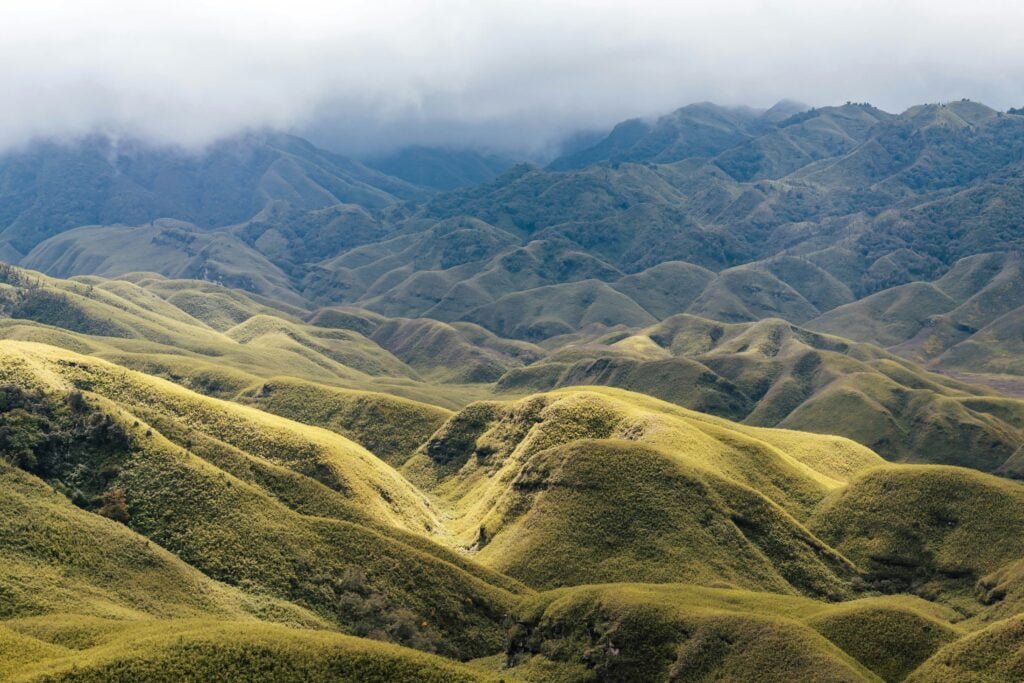
Historical Background of Nagaland
Nagaland, a state nestled in the foothills of the Himalayas, boasts a rich and tumultuous history. The Naga people, known for their fierce independence, declared their autonomy from British India on August 14, 1947. The Naga National Council (NNC), formed in June 1947, demanded a plebiscite to determine their political future, a demand ignored by the Indian government. A self-organized plebiscite in May 1951 showed overwhelming support for independence, fueling a continuing independence movement.
Cultural and Social Dynamics
Historically, the Nagas were known for headhunting, a practice that created barriers between tribes and villages. Although headhunting has long been abandoned, the stigma remains. Nagas, influenced by American missionaries, were among the first in the region to be exposed to Western civilization. Despite this, many Nagas prefer to remain within their traditional society, resisting external influences and integration.
Modern Challenges and Societal Changes
Today, Nagaland faces modern challenges, including a high incidence of AIDS and a struggle to preserve traditional culture amidst increasing urbanization. The younger generation often disregards traditional customs, and village panchayats have little control over urban areas. This cultural erosion is juxtaposed with ongoing insurgent movements striving for independence.
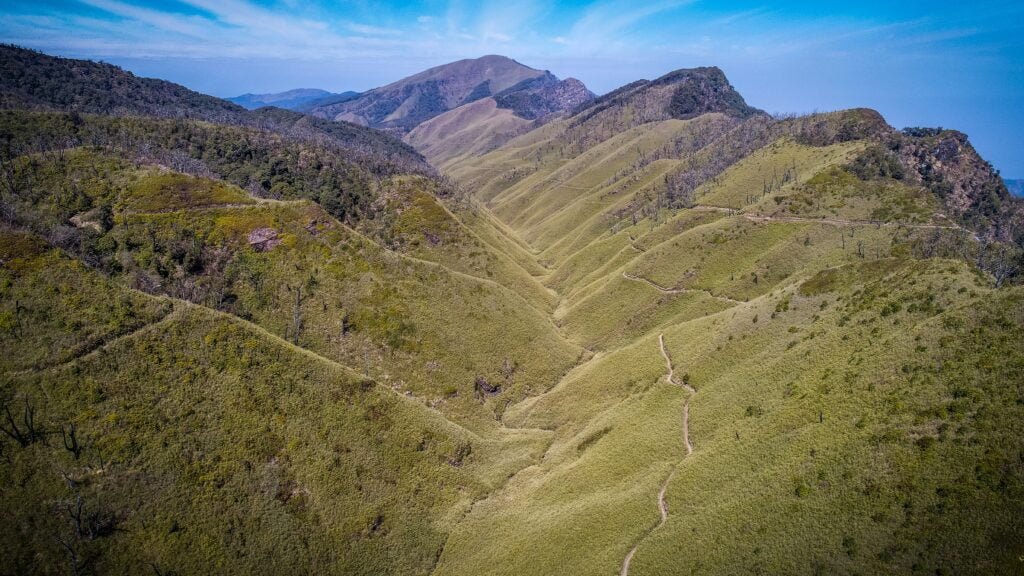
Attractions in Nagaland
- Changtangya: A bird sanctuary in the Mokokchung district, attracts migratory falcons.
- Fakim Sanctuary: Near the Myanmar border, home to tigers, leopards, and rare birds.
- Intaki Sanctuary: Known for its diverse fauna, including sloth bears, tigers, and hornbills.
- Japfu Peak: Offers challenging treks and stunning views, especially during rhododendron bloom.
- Khonoma Gate: A historical site reflecting the British-Naga conflicts.
- Meluri: Noted for its scenic beauty and mineral resources.
- Nagaland Museum: Showcases the rich cultural heritage of Nagaland’s tribes.
- Naganimora: A town with a rich Konyak Naga history, located on the banks of the Dikhu River.
- Puliebadze Sanctuary: Famous for birdwatching, located near Kohima.
Conclusion
Nagaland, with its blend of natural beauty, rich cultural heritage, and historical significance, offers a unique travel experience. Whether you’re trekking through the vibrant Zukou Valley or exploring the region’s many sanctuaries and historical sites, Nagaland promises an unforgettable adventure.
Accommodation in Nagaland
- Hotel Japfu
- Hotel Pine
- Hotel Capital
- Hotel Sharon
Remember to respect the natural environment and use the litter baskets provided along the Dzukou Trek.

